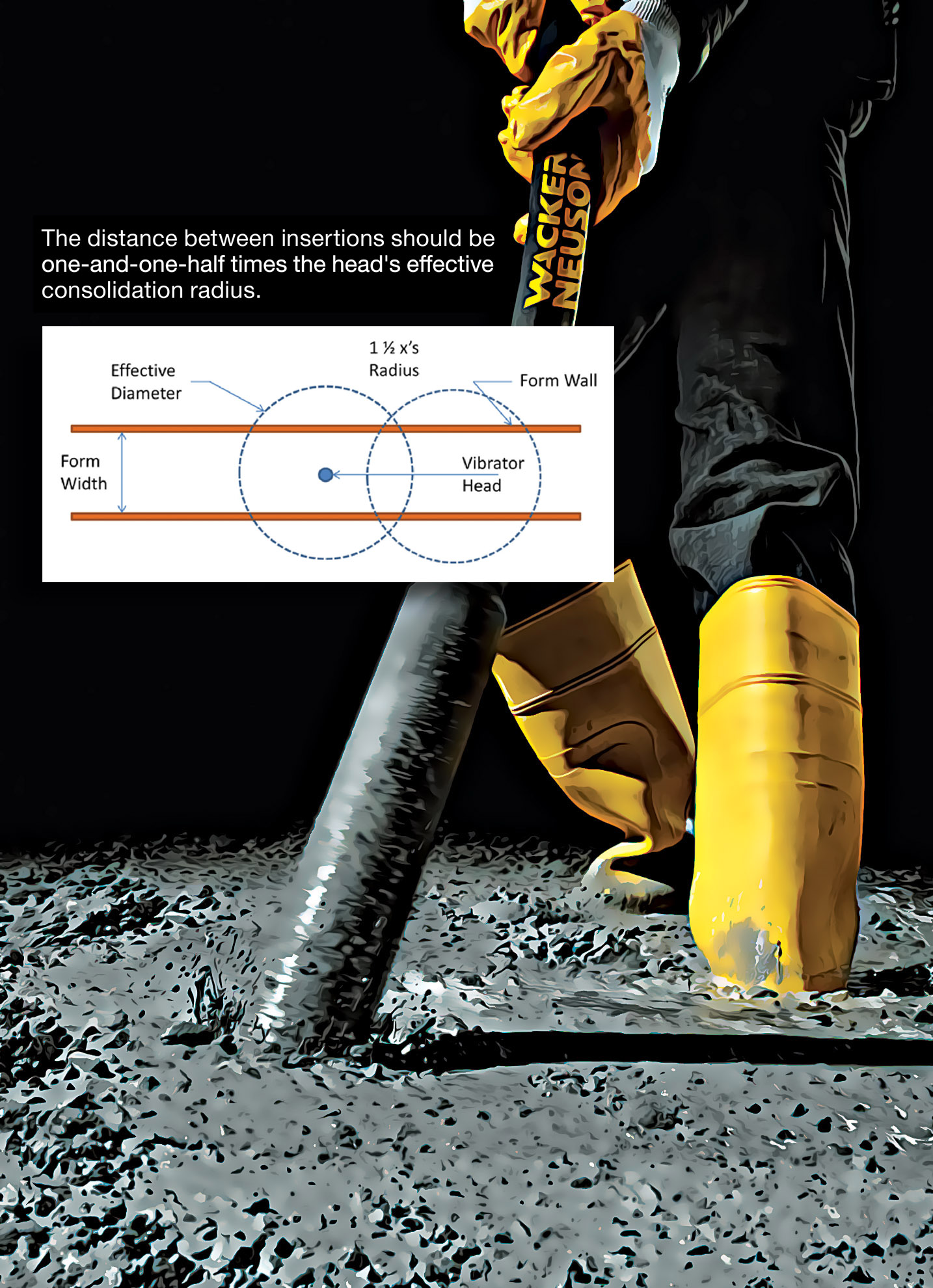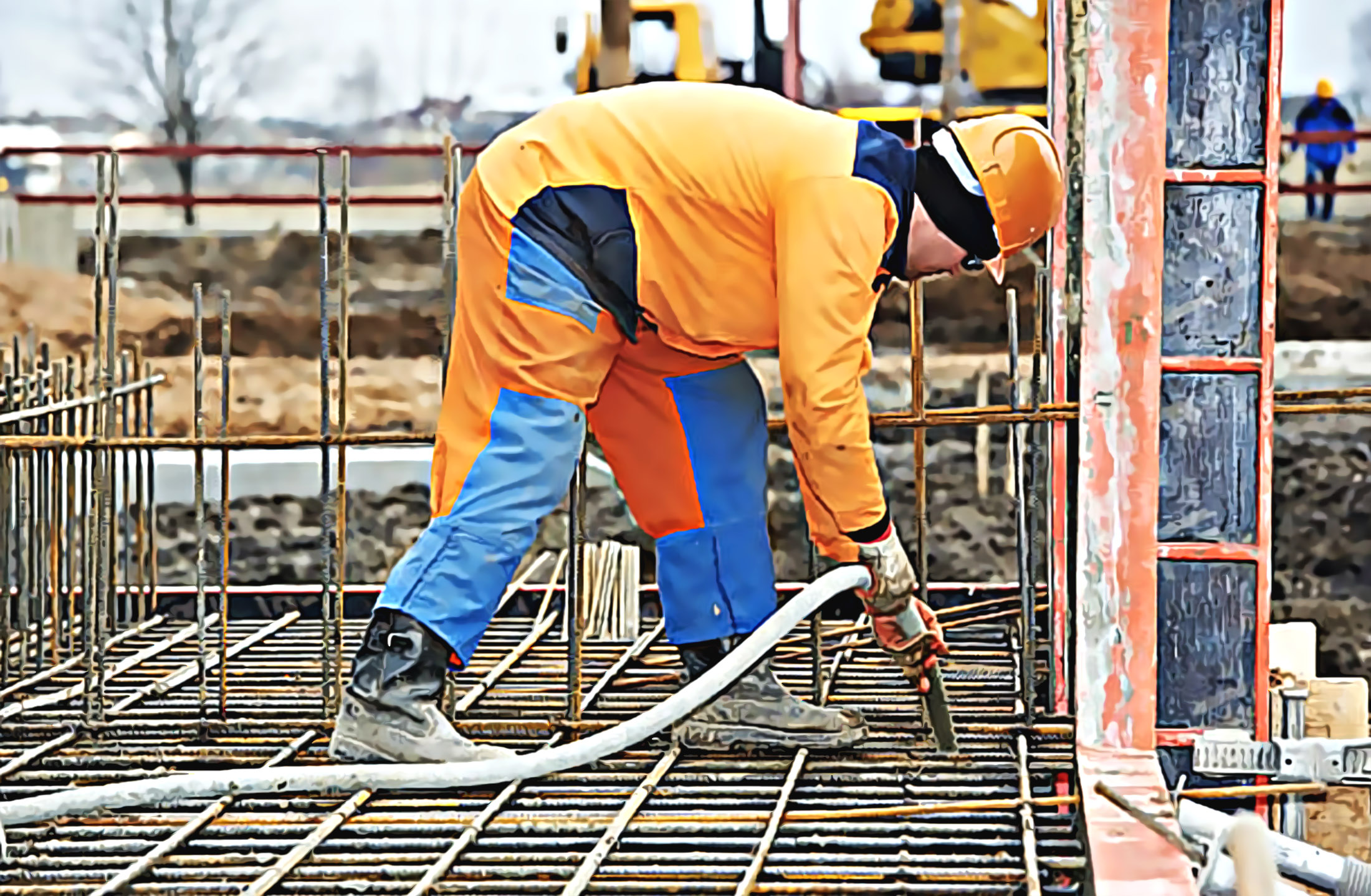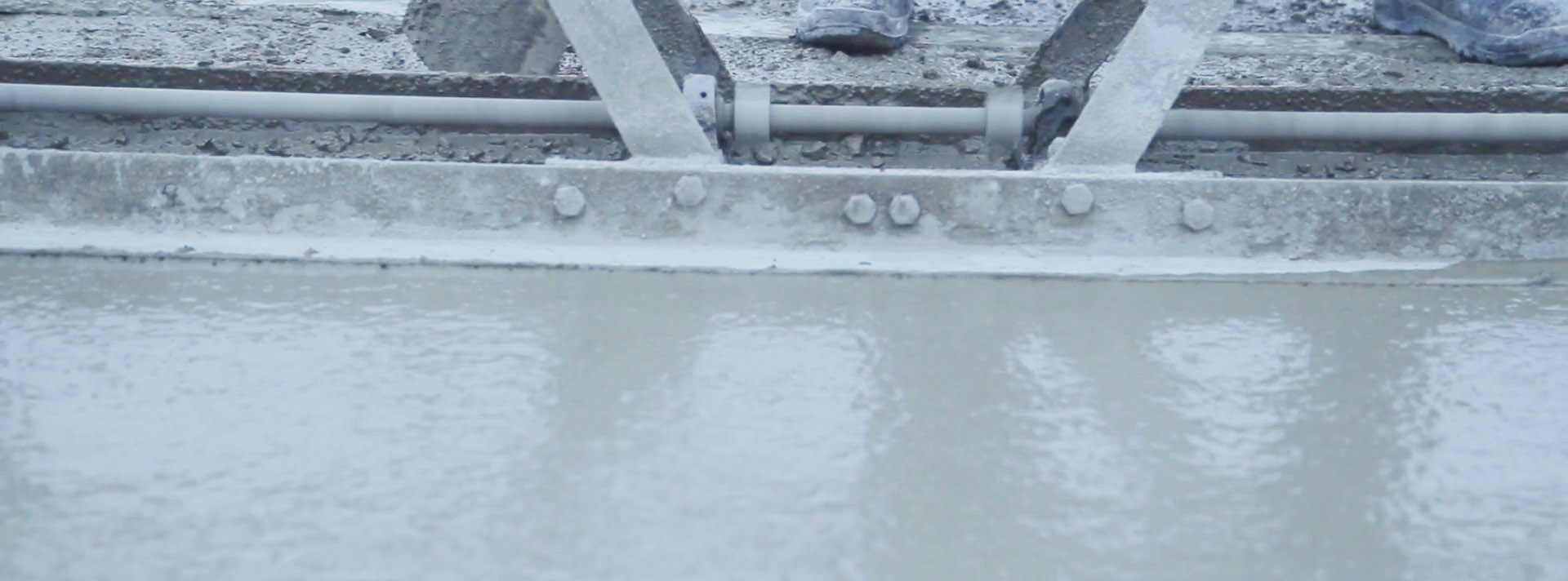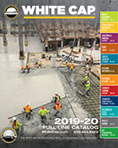Concrete Vibration and Consolidation
After the Pour
The forms are ready, the slump is rolling down the chute, and workers are preparing to finish the slab. At this point, the most important step to take to ensure the slab is structurally sound and has a smoother surface is to consolidate the concrete. The most effective way to consolidate concrete is by internal vibration.
Consolidating concrete involves removing trapped air from the mix just after its been poured. When air is trapped in the concrete, it creates voids. Too much space can create a honeycomb effect, which weakens the concrete. Removing the entrapped air leaves a denser, stronger mass of concrete. Consolidated concrete can also be more level and more bonded to the reinforcement steel. Having strong concrete remains the foundation of all construction jobs and will save time and money in the long run of any project.
Good Vibrations
To remove the air that exists within the freshly poured concrete mix, employ an internal vibrator. The internal vibrator is a handheld tool that gets inserted into the concrete. The vibration causes the concrete to circulate and move. It is during that movement that air bubbles rise to the surface and dissipate, leaving the concrete denser and firmer.
 It is important to immerse the vibrator in the concrete at the optimal time and in a systematic manner. The vibrator should be submerged into wet concrete as the slump is moving into place or just after it levels out a bit. The operator places the vibrator into the concrete and allows it to sink under its own weight; it is recommended to leave the vibrator in for up to 15 seconds before being withdrawn slowly. As it is withdrawn, the air bubbles will rise to the surface around the vibrator’s head.
It is important to immerse the vibrator in the concrete at the optimal time and in a systematic manner. The vibrator should be submerged into wet concrete as the slump is moving into place or just after it levels out a bit. The operator places the vibrator into the concrete and allows it to sink under its own weight; it is recommended to leave the vibrator in for up to 15 seconds before being withdrawn slowly. As it is withdrawn, the air bubbles will rise to the surface around the vibrator’s head.
The operator then repeats this by systematically submerging and withdrawing the vibrator, straight up and down, at a rate of one inch per second. A good rule of thumb is to immerse the vibrator quickly and remove it more slowly. While all air bubbles aren’t expected to be removed, if internal vibration is done effectively and efficiently, you have a better chance of reduction and less honeycomb effect. Finding out after the fact that your finished concrete is honeycombed can seriously affect the durability of a newly poured job.
How it Works
Internal vibrators are composed of a rotating head and a flexible shaft. The shaft, sometimes called a poker or a spud, is flexible to allow for easier movement.
The vibrator’s radius of influence is the area of concrete that will be affected by the vibration. The best way to gauge the radius of influence is by the presence of air bubbles breaking through the surface of the concrete. The vibrator can radiate out about six times the diameter of the vibrator head.For example, a one-inch diameter vibrator’s radius of influence will be approximately six inches. Therefore, the operator will need to continually move the vibrator to consolidate the entire area.
The vibrator itself must be in consistent, continual motion by the operator in order to reach all the potential air pockets. Operating an internal vibrator takes some training. An effective operator can visually tell when the air bubbles cease to come to the surface and when the thin film of water rises.
The Right Tool
Depending upon the job at hand, there are different types of consolidation vibration equipment to consider. The four basic types of vibrators are:
- Electric flex-shaft – These have interchangeable, flexible shafts and heads and can accommodate many residential or commercial jobs. Ideal for working with medium to high slump material on smaller pours like driveways, stem walls and footings. These need a power source and will have cords that need to be maintained onsite.
- Electric high-cycle – Typically used on larger jobs, they convert single phase energy into three-phase, which allows for a continued flow of power under the concrete. These units are useful in low slump situations where you need consistent power to maneuver a stiff mix into corners and around rebar. As these are also electric, they require an onsite power source and have cords to manage.
![]()
- Gas powered flex-shaft – Gas powered models are cord free and offer more freedom and versatility, but must be used outside and require engine maintenance.
- Gas powered backpack modular – These vibrators can be a good option for piece work and gutters. However, as it must be worn as a backpack, the equipment itself – head size and shaft length – has some size limitations.
For most mid to large size construction jobs, the electric high-cycle vibrator is the most common style. Understanding the following considerations will assist in employing the right internal vibrator:
- Identify the structure being poured – foundation, wall, gutter, floor, etc.
- Determine the size – height, width, depth.
- Ascertain whether there is electricity onsite and the proximity to the pour (i.e., how long does the vibrator cord need to reach?).
- Identify how much reinforcing steel is in the forms.
- Consider the composition of the concrete and slump.

Consolidation Completion
Concrete has been successfully consolidated when the surface area is covered with a thin sheen of water. Withdrawing the vibrator too quickly is called under-vibration and can leave the concrete coarse or segregated. Leaving the vibrator in the concrete too long can cause over-vibrating. This leaves a thick film of water on the concrete layer and the aggregate can sink toward the bottom. This separation upsets the balance of water and aggregates and will affect the durability of the finished concrete.
How to identify when the consolidation is complete:
- The poured concrete settles into a more level, even surface.
- The raw chunks of aggregate disperse more evenly into the concrete.
- During internal vibration, the air bubbles stop rising to the surface meaning there are less trapped in the concrete.
- The thin water layer, or sheen, is visible on the surface.

Consolidation of concrete through internal vibration guarantees greater density and strength of the concrete. It also improves the bond with the incorporated reinforcement steel and construction joints. With less honeycombing, the concrete will have a longer life and greater durability. All of these advantages of concrete consolidation can save contractors significant time and money after the pour.





Another good article Randy. I enjoy reading your posts.
Glad you like them! (Sorry so late responding).
That is really interesting that you should immerse the vibrator quickly and remove it slowly. This would be a good way to be able to remove the air in concrete. This is a piece of industrial equipment that I am sure a construction crew would want to have.